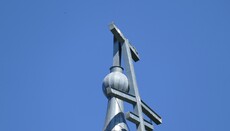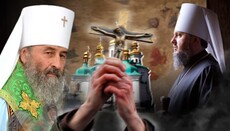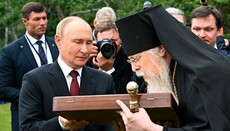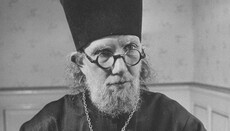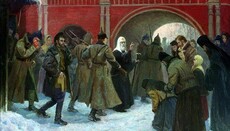New OSI Study: Orthodoxy Thrives Among College Students
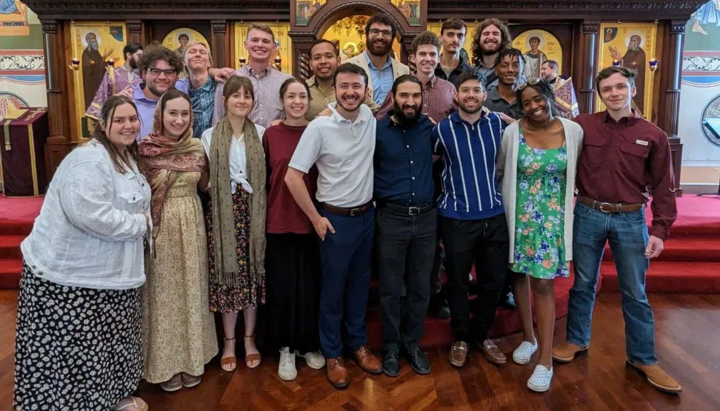
New analysis by the the Orthodox Studies Institute suggests that the Orthodox Church may avoid the “death spiral” in Church membership that has afflicted virtually every other Christian denomination.
The Orthodox Studies Institute (OSI) has published an analytical report concerning a recent survey by the Foundation for Individual Rights and Expression (FIRE). In 2024, FIRE surveyed 58,807 college students; the results offer rare sociological insights into the demographics and behaviors of Orthodox Christian undergraduates in the United States.
Conducted via verified dot-edu emails, this dataset reveals that Orthodox students comprise 1.37% of respondents, or 807 individuals. This is significantly higher than the 0.49% estimated for the general U.S. population from older-skewing surveys like Pew Research Center's. This discrepancy underscores a generational shift: Orthodoxy appears to be thriving among younger Americans, particularly in higher education.
Cross-referencing with UCLA's Higher Education Research Institute (1.1% Eastern Orthodox) and the Cooperative Election Study (CES) for 18-24-year-olds (1.0%), the data suggests around 200,000 Orthodox undergrads among 16 million total, including some Oriental Orthodox. This overrepresentation contrasts sharply with other Christian groups; for instance, Catholics drop from 20-25% in general surveys to 15% in FIRE, and overall Christians fall from 62% to 43%. Orthodoxy is bucking the secularization trend, no doubt due to several important factors: conversion, immigration, conversions, cultural retention in educated cohorts, etc.
Racial composition among Orthodox students is strikingly diverse, challenging stereotypes of a predominantly white faith community. Only 45% of the Orthodox Christians polled by FIRE identify as white, compared to 80% in Pew and CES, whose respondents skew older. This suggests evolving self-identification among younger generations.
Notably, 9.8% select Middle Eastern, a category absent in Pew but low (3.8%) in CES. This indicates that college-age Orthodox from Arab or Levantine backgrounds may embrace ethnic specificity over assimilation as "white," unlike their elders. Biracial identification is also higher at 9.4% versus CES's 2.9%, possibly reflecting mixed ancestries (e.g., Lebanese-European) viewed through a modern multicultural lens. Black Orthodox remain consistent at 11.5%, aligning with broader surveys (8-10%), hinting at stable African-American or Ethiopian/Coptic representation.
Even more intriguing are the elevated Hispanic (9.2%) and Asian (10.7%) shares. This dwarfs both Pew and CES figures, which placed figures for both groups at 2-3%. Anecdotal evidence points to growing Hispanic conversions in parishes, perhaps driven by cultural parallels between Orthodoxy's liturgical richness and Latin American Catholicism, or missionary outreach. Asian growth could stem from Russian or Greek Orthodox missions in diaspora communities, or intermarriages. This diversity signals Orthodoxy's appeal beyond traditional Eastern European roots, positioning it as a vibrant, multi-ethnic faith in America's melting pot.
However, it also raises questions: Is this driven by immigration from Orthodox-majority regions like the Middle East or Latin America, or organic conversions? Further longitudinal studies could clarify if these trends persist post-college.
Gender dynamics mirror broader campus trends, with Orthodox students at 35% male, 55% female, and 9.6% non-binary—close to the overall FIRE split (32% male, 61% female, 6.8% other). This reflects the widening gender gap in higher education, where women increasingly outnumber men. Data shows 79.2% heterosexual among Orthodox, exceeding the survey's 70% average, consistent with conservative Christian norms emphasizing traditional orientations. This correlation strengthens with church attendance: 88% of weekly attenders are heterosexual, versus 75% for infrequent ones, suggesting that active faith practice reinforces doctrinal views on sexuality.
Politically, Orthodox students are balanced—35.3% left-leaning, 32.7% right-leaning—but gender polarizes this. Men are markedly conservative (44.7%) over liberal (20.9%), while women reverse this (26.0% conservative, 42.8% liberal). This mirrors societal stereotypes and broader Christian divides. Yet, the near-parity overall indicates Orthodoxy's ability to accommodate diverse views without the leftward skew seen in mainline Protestantism.
Church attendance emerges as a key metric of vitality. Remarkably, 45% of Orthodox students report monthly or more frequent services, outpacing Catholics (42%, FIRE) and rivaling adult Orthodox (48%, CES). This defies expectations of youthful disengagement; college students are as committed as older generations, though self-reported data likely inflates figures due to social desirability bias. Non-attenders are low (12%), similar to adults. Intriguingly, non-white Orthodox attend weekly at 30.7%, outpacing whites (21.2%), perhaps due to stronger communal ties in immigrant or minority groups.
The top 10 schools by Orthodox percentage cluster in urban, diverse areas with established Orthodox communities. For instance, UC-Irvine leads the pack; this may have to do with the large number of Russians in California. Next on the list is Rutgers-New Brunswick; New Jersey is known for its Greek community. STEM-heavy institutions like Stevens, Drexel, and Cornell suggest Orthodox students gravitate toward rigorous fields, aligning with immigrant emphases on education.
In conclusion, FIRE's shows that Orthodoxy is overrepresented and more diverse than general surveys imply. This bodes well for the Church's future: Orthodoxy could very well avoid the “death spiral” in Church membership that has afflicted virtually every other Christian denomination.
To read the full report, click here.
